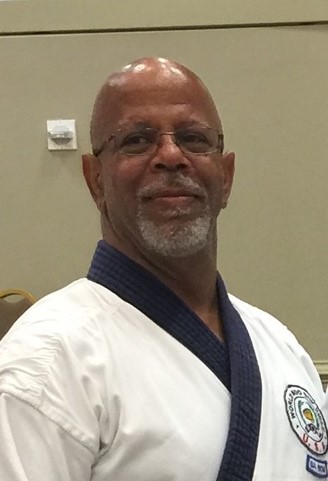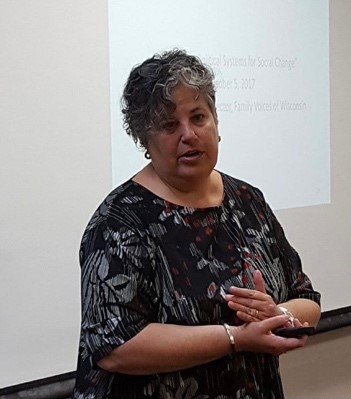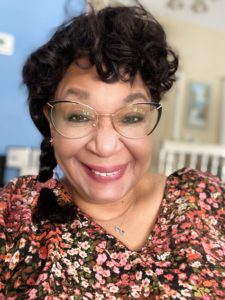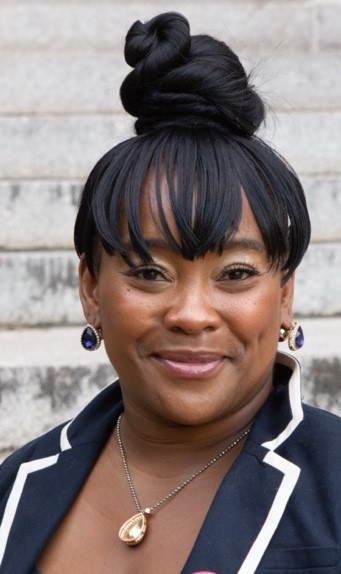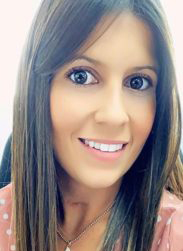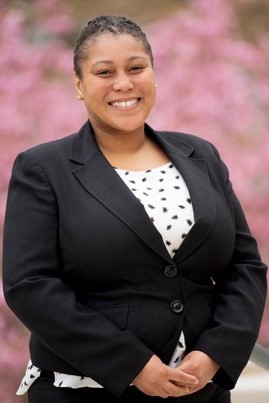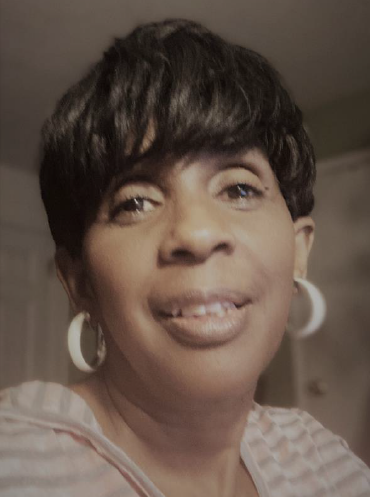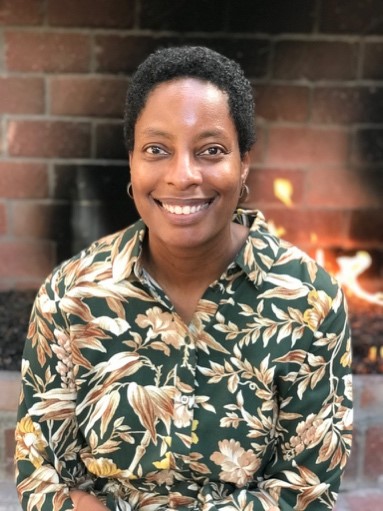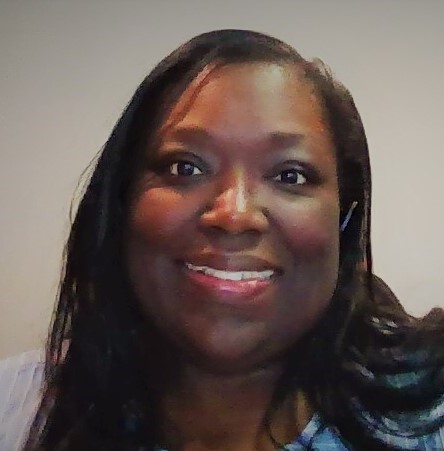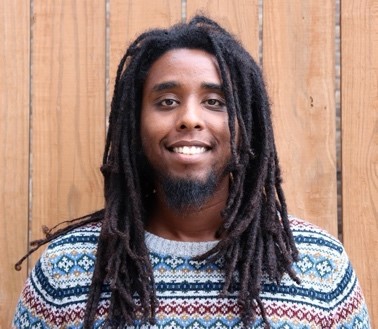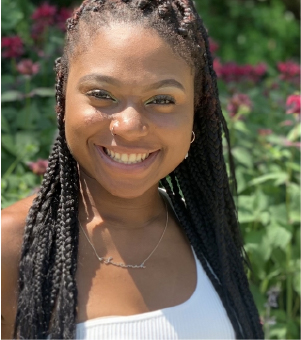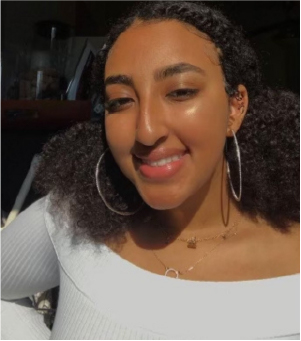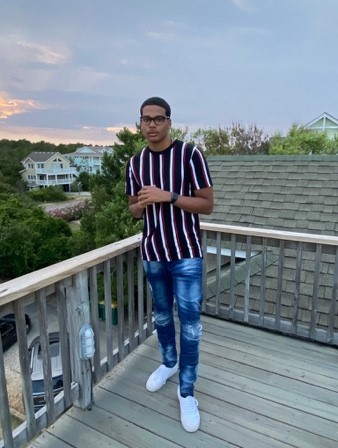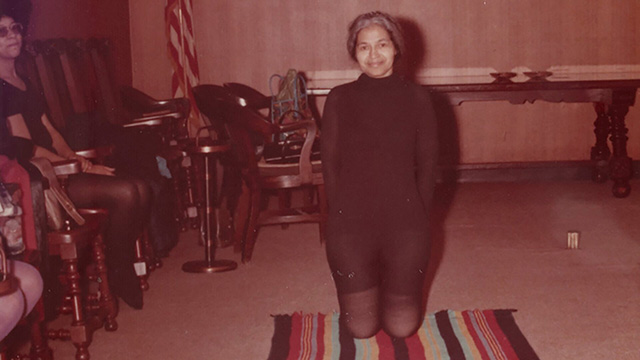
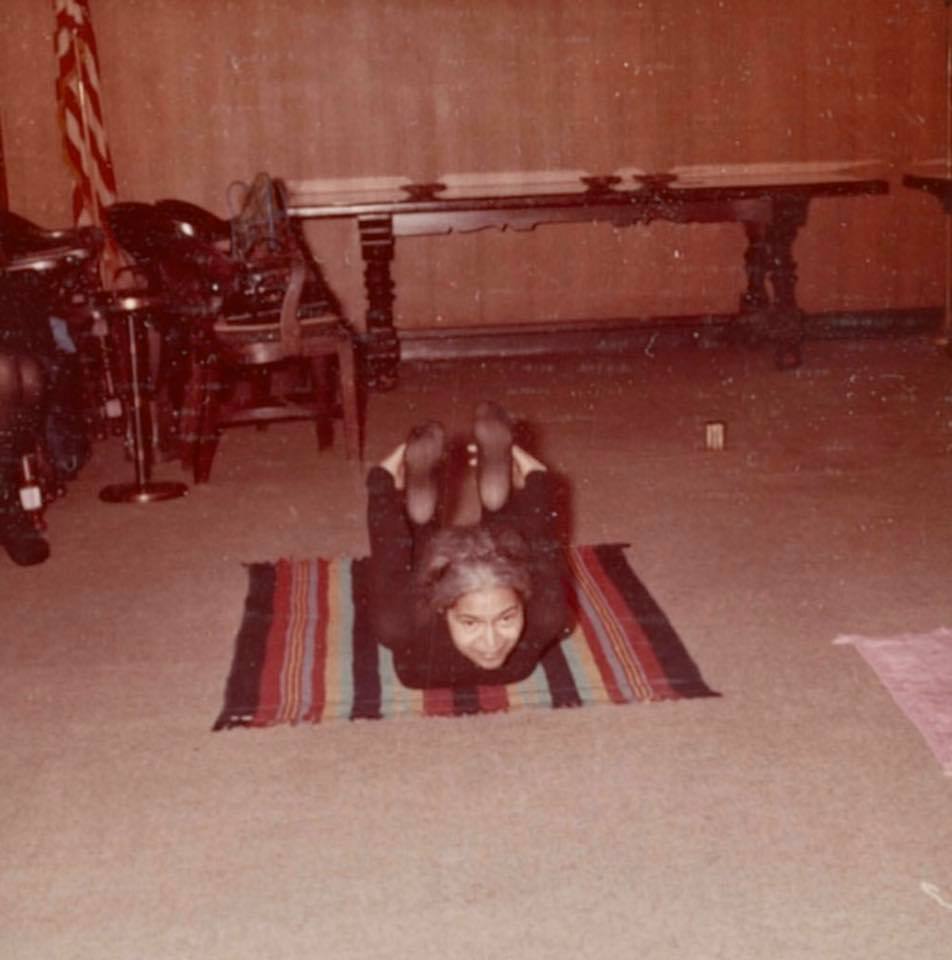
Stephanie Y. Evans, PhD, a professor and the director of Women’s, Gender, and Sexuality Studies at Georgia State University, and the author of Black Women in the Ivory Tower, 1850-1954: An Intellectual History surveyed 200 black women’s life narratives and found 50 references to yoga. In the September 2021 Yoga Journal article, “The Story Behind Rosa Parks and Yoga”, Dr. Evan states, “one reference was from Sheila McCauley, the niece of Rosa Parks. McCauley wrote about yoga as a family practice and about Mrs. Parks as an avid yogini.” These references confirm that yoga has long been a form of self-care in the Black community.
“What Mrs. Parks teaches us is that self-care is part of resistance—she lived to the age of 92 because she began to center her own health needs, even as she continued with lifelong activism in Detroit and beyond” says Dr. Evans. You can learn more about Rosa Parks Practicing Yoga on the the Library of Congress website.
Did you know that Eartha Kitt and John and Alice Coltrane were dedicated yogis? The Uncommon Yogi: A History of Blacks and Yoga in the U.S., created by Jana Long, E-RYT 500, Executive Director and co-founder of the Black Yoga Teachers Alliance, is a short documentary that provides an historical view of yoga practice in black communities in the United States. You can screen the film and watch the Q&A with Jana through the Yoga Alliance.



